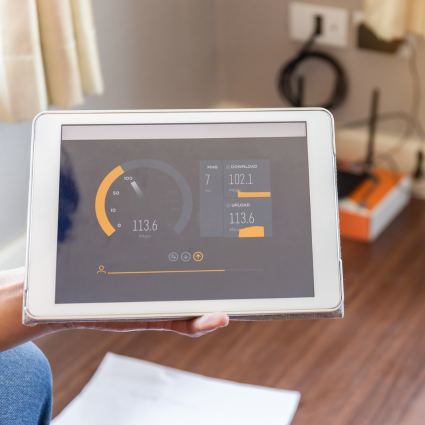Since the beginning of the pandemic we have all experienced changes in our work lives. Many of these changes have been for the better, with knowledge workers in particular benefiting from the ability to work remotely without loss in productivity. In many cases this group even reports better work-life balance and satisfaction. Numerous academic studies have tried to quantify varying aspects of these changes, but one that caught my attention used data from GitHub to shed light on labor relocation during COVID-19.
The study “Labor Reallocation and Remote Work During COVID-19: Real-time Evidence from GitHub” was first published by the National Bureau of Economic Research (NBER) and was co-authored by Grant R. McDermott and Benjamin Hansen. GitHub is the largest code repository serving more than 50 million users worldwide. From its metadata, (timestamps of commit messages) we can extract very granular data of when and where its users, who are mostly software developers, work. The data were made available for public projects only, and offer interesting insights into GitHub user work habits. The data includes baseline behaviors before the first lockdowns started in March 2020 up until the same year.
Weekend Shift
The first change highlighted by the authors is the increased GitHub user activity during weekends from 20% in 2019 to 24% beginning from March 2020. This translates to an additional 2 working hours per weekend, which went down a bit later in the year, but was still measurable throughout the study.
Worldwide Impact
The shift was synchronized around the world at the beginning of March 2020, the time that most countries started imposing lockdowns. In addition, out-of-hours activity increased across the board until approximately October 2020, when activity started returning to normal. It’s worth noting a couple of exceptions where out-of-hours work remained higher, such as Bengaluru, India and San Francisco, US. This is illustrated in the following graph:
Gender Differences
Self reported male and female users showed similar behavior in terms of increased working hours just after March 2020. The difference between the two groups, as shown in the below graph, is that men responded more quickly and consistently to the pandemic challenges. Women were slower to reallocate work and it was more inconsistent. This finding is consonant with other research on gender roles and the disproportionate burden that women bear in household management and child care during a time when school closures were widespread..
Overall Productivity
In simple terms, the following graph shows the difference between historical GitHub user activity before and after March 2020 (y-axis) for 12 countries around the world.
Following the onset of the pandemic, most countries in the study recorded a large (15%–20%) increase in overall activity. This translates to approximately eight hours of additional activity each week. This trend mostly disappeared by July 2020 which coincides with the ease of the restrictions and opening up of local economies.
The authors make clear that these insights can’t be translated to reflect workers across the economy, since GitHub users are mostly software developers which was one of the jobs that adjusted the most easily to the new remote work reality. Overall, this study verified using a scientific approach what most of us software developers already knew: That the COVID-19 lockdowns had an impact on both when we work, and for many how much we work.





